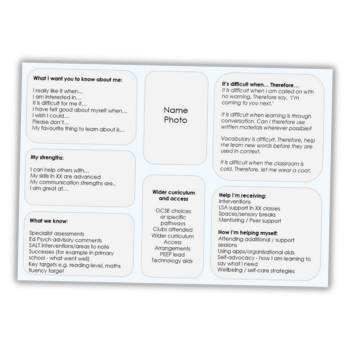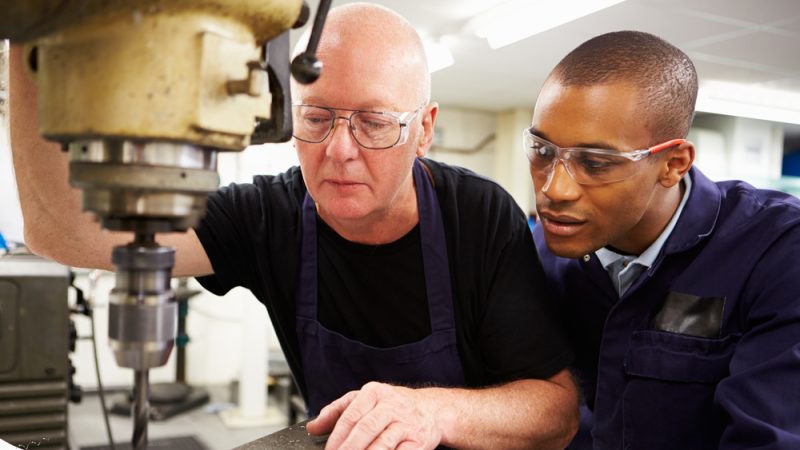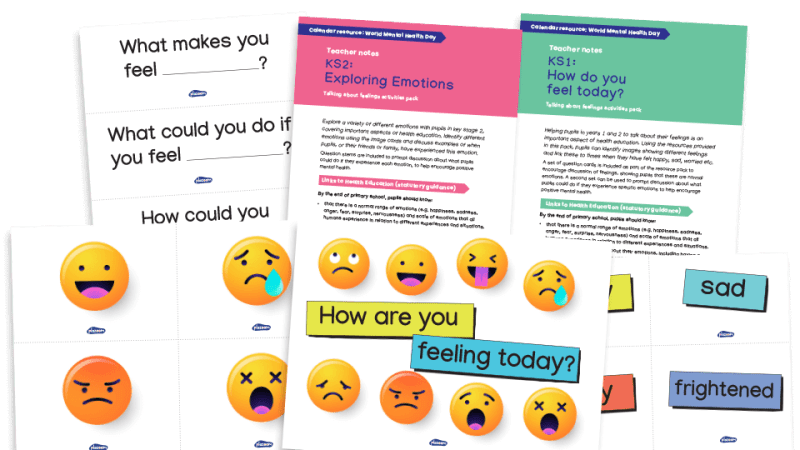Student praise – A short guide to how it’s best used

As a tool for encouraging positivity in the classroom, praise can be hugely effective – but only if deployed appropriately, says Adam Riches…

- by Adam Riches
- Teacher, writer and educational consultant

Positivity is a vital component for any happy, healthy classroom.
Implementing approaches specifically relating to positivity can be complicated, though. If not handled well, our classroom environment and lesson flow may be adversely affected. It might seem counter-intuitive, but less praise can often lead to more positivity.
Precision
Real positivity comes from precise praise. Why? Simply, students need to know what they’re doing well so that they (and others) can do it again. By being precise with the praise we give, we can encourage learners to effectively implement the positive factors they have exhibited again. A short phrase highlighting what is ‘good’ may be all that’s needed to add serious weight to your praise.
Private
Public praise has its place, but private individual praise remains an underutilised classroom tool. One-to-one time with students plays an important role, because much like private individual correction, quieter comments can be better.
Decentralising your praise can be incredibly powerful, lending a more personable feeling to students’ learning.
Routines
Knowing when praise is coming makes learning more effective. We encourage learners into routines for various other behaviours, and praise should be no different.
Learners respond well to the familiarity of praise, and it can be used as a tool to build significant positivity in the classroom.
Personal
The personalisation of praise can further contribute to building that positivity. Has a student improved since the last lesson? What were they struggling with last week? How have they progressed? Showing students that you know them is a hugely valuable tool.
A positive classroom is a happy classroom. Students thrive when the environment is right, so have a think about how you’re using praise and try to mix it up.
Adam Riches is a senior leader for teaching and learning; follow him at @teachmrriches










